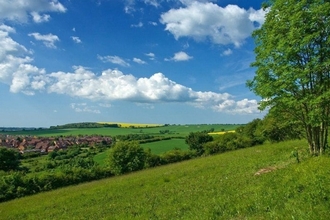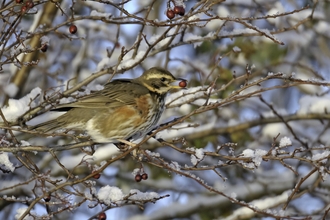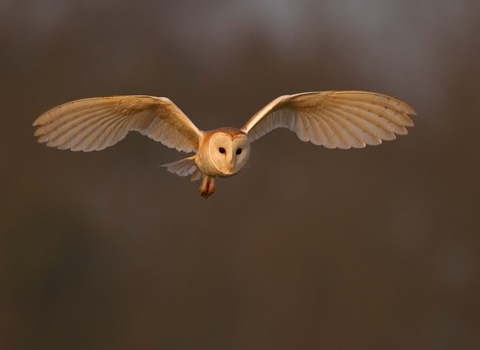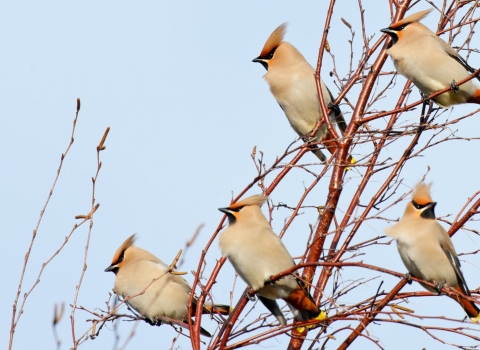What is a hedge?
Most hedges are lines of shrubs and trees planted to form a barrier between two portions of land. They define boundaries of land ownership, control stock animals, protect from wind, noise or prying eyes, provide biomass or simply look attractive. Hedges have incidental value for human foraging, from fruit and nuts to firewood, and help prevent flooding and soil erosion. They capture atmospheric carbon, and filter the air – and wildlife moves in.
Managed hedges are those where there is still some attempt to restrict the natural growth of the trees within them, whereas a relict hedge has been left to grow its own way and may remain as just a few spaced-out crooked trees on an earth bank or become a thick strip of trees and shrubs.
In addition to these, Oliver Rackham identified the “ghost wood” and the “natural hedge”. The first refers to hedges that retain the outline of a wood no longer there. The species composition in this hedge will reflect its woodland origin rather than intentional planting. A natural hedge arises from neglect of a strip of land, such as along field margins or in ditches, that escapes mowing or grazing.
How do you age a hedge?
Ancient hedges date from medieval and earlier times; enclosure hedges date from the 17th and 18th centuries; and modern hedges are more recent. These support different levels of wildlife interest and merit different levels of protection. In short, the older, the thicker and the more tree species a hedge contains, the better.
In old maps, boundary hedges were often marked differently from fences. Enclosure hedges are dead straight and generally contain up to three tree species (mainly hawthorn and blackthorn) whereas older hedges usually have gentle curves and more species. Perhaps 80% of Britain’s hedges pre-date the enclosures.
Hooper’s Rule, an ecological calculation, broadly says the number of woody species in 30 yards is its rough age in centuries – so seven species suggests 700 years. This highlights that age - including older trees - is usually the most important factor in a hedge’s wildlife value. Grubbing out an old hedgerow and replacing it with even double the length of new hedge elsewhere will generally see a loss of biodiversity.








